Home>Others>Eco-Friendly Products>How Do You Start A Compost Bin
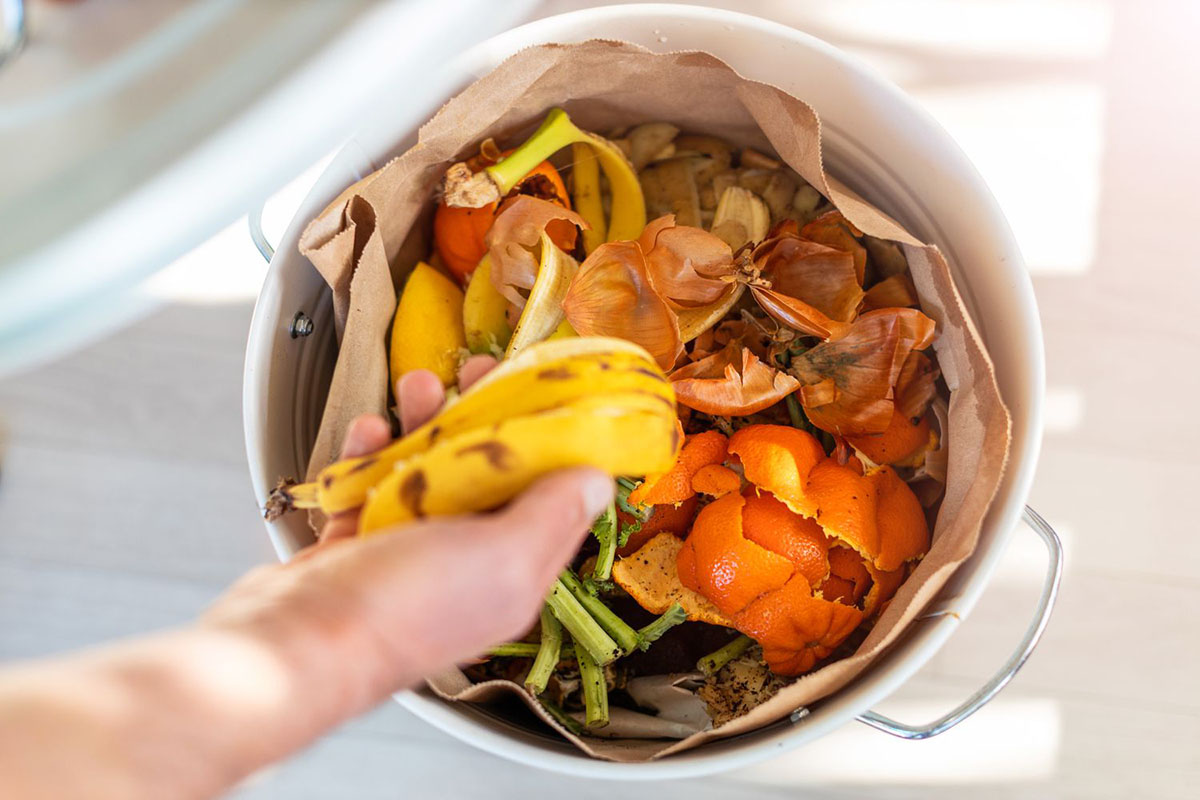

Eco-Friendly Products
How Do You Start A Compost Bin
Modified: January 19, 2024
Looking to reduce waste and create nutrient-rich soil? Learn how to start a compost bin with eco-friendly products and turn your kitchen scraps into garden gold.
(Many of the links in this article redirect to a specific reviewed product. Your purchase of these products through affiliate links helps to generate commission for Storables.com, at no extra cost. Learn more)
Introduction
Welcome to the wonderful world of composting! If you’re looking for a simple and rewarding way to reduce waste, nourish your garden, and contribute to a healthier planet, starting a compost bin is an excellent choice. Composting is a natural process that transforms organic waste into nutrient-rich soil conditioner, and it’s something anyone can do, whether you have a spacious backyard or a small apartment balcony.
In this guide, we’ll explore the ins and outs of composting, from understanding the principles behind it to setting up and maintaining your own compost bin. By the end, you’ll be equipped with the knowledge and confidence to embark on your composting journey and make a positive impact on both the environment and your gardening endeavors.
Key Takeaways:
- Composting transforms kitchen scraps and yard waste into nutrient-rich soil, reducing waste and promoting sustainable gardening practices for a healthier planet.
- Choosing the right compost bin and maintaining it with proper aeration and moisture levels are key to successful composting, yielding valuable nutrient-rich compost for gardening.
Read more: How Do You Use A Compost Bin
What is Composting?
Composting is a natural process that decomposes organic materials, such as food scraps, yard waste, and other biodegradable items, into a nutrient-rich substance known as compost. This dark, crumbly, earthy-smelling material is a valuable soil amendment that improves soil structure, enhances moisture retention, and provides essential nutrients for plant growth.
At the core of composting are microorganisms, such as bacteria, fungi, and other decomposers, which break down organic matter into simpler compounds through a process called decomposition. This process occurs in the presence of oxygen (aerobic composting) or without oxygen (anaerobic composting), with the former being the preferred method due to its efficiency and the absence of foul odors.
Composting involves balancing the carbon-to-nitrogen ratio, often referred to as browns and greens, respectively. Browns, such as dry leaves, straw, and paper, provide carbon, while greens, including fruit and vegetable scraps, coffee grounds, and grass clippings, supply nitrogen. Achieving the right balance of these materials is crucial for successful composting and the prevention of unpleasant odors or slow decomposition.
Composting not only diverts organic waste from landfills, where it would generate harmful greenhouse gases in the absence of oxygen, but also reduces the need for chemical fertilizers, thereby promoting sustainable and eco-friendly gardening practices. Additionally, by enriching the soil with compost, gardeners can cultivate healthier plants, increase crop yields, and support biodiversity, making composting an invaluable component of environmentally conscious living.
Benefits of Composting
Composting offers a multitude of benefits, ranging from environmental advantages to practical applications in gardening and agriculture. Understanding these benefits can inspire individuals and communities to embrace composting as a sustainable and rewarding practice.
- Waste Reduction: Composting diverts organic waste from landfills, where it would otherwise contribute to methane emissions, a potent greenhouse gas. By composting kitchen scraps, yard trimmings, and other biodegradable materials, individuals can significantly reduce their environmental footprint and contribute to a healthier planet.
- Soil Enrichment: Compost serves as a natural soil conditioner, enhancing soil structure, promoting beneficial microbial activity, and improving nutrient availability for plants. By incorporating compost into garden beds, farmers’ fields, and landscaping projects, individuals can foster healthier, more resilient vegetation while reducing the need for chemical fertilizers.
- Water Conservation: The organic matter in compost helps soil retain moisture, reducing the need for frequent irrigation and contributing to water conservation efforts. By improving soil’s water-holding capacity, compost supports the growth of drought-resistant plants and mitigates the impact of dry spells and water restrictions.
- Carbon Sequestration: Composting promotes the sequestration of carbon in the soil, effectively capturing and storing carbon dioxide from the atmosphere. This process helps mitigate climate change by reducing the concentration of greenhouse gases in the air, making composting a valuable tool in the fight against global warming.
- Biodiversity Support: Healthy soil, enriched with compost, provides an ideal habitat for diverse soil organisms, including earthworms, beneficial insects, and microbial communities. These organisms contribute to soil health, nutrient cycling, and pest control, fostering a balanced and resilient ecosystem.
- Economic Savings: By producing nutrient-rich compost at home, individuals can reduce their reliance on store-bought fertilizers and soil amendments, leading to long-term cost savings and a more sustainable approach to gardening and landscaping.
These benefits collectively highlight the transformative potential of composting, demonstrating its capacity to address environmental challenges, enhance agricultural practices, and promote sustainable living on a global scale.
Choosing a Compost Bin
When embarking on your composting journey, selecting the right compost bin is a crucial step that can influence the efficiency and convenience of the composting process. With various options available, it’s essential to consider factors such as space, aesthetics, and personal preferences when choosing a composting system.
- Bin Types: Compost bins come in diverse designs, including stationary bins, tumblers, vermicomposting bins (worm composters), and open piles. Stationary bins are well-suited for backyards and gardens, providing ample capacity for composting materials while containing the pile. Tumblers offer the advantage of easy turning and aeration, accelerating the composting process. Vermicomposting bins, which house composting worms, are ideal for indoor or small-space composting, while open piles are suitable for larger properties and rural settings.
- Size and Capacity: Consider the volume of organic waste you generate and the space available for composting. For smaller households or urban settings, compact bins or vermicomposting systems may be preferable, while larger properties can accommodate larger bins or open composting areas.
- Material: Compost bins are commonly made of plastic, wood, metal, or recycled materials. Each material has its benefits, such as durability, insulation, or eco-friendliness. Additionally, some bins feature ventilation or drainage systems to optimize airflow and moisture levels within the composting environment.
- Accessibility: Evaluate the ease of adding and removing composting materials, as well as the accessibility for turning or aerating the compost. Tumblers and bins with access doors or removable panels simplify these tasks, while open piles may require more manual labor for turning and maintenance.
- Aesthetics and Location: Consider the visual impact of the compost bin and its compatibility with your outdoor space. Some bins are designed to blend seamlessly into garden landscapes, while others may be more discreet or suitable for concealed placement.
- Budget and Longevity: Assess your budget and the expected longevity of the chosen compost bin. While some bins may require a higher initial investment, their durability and features may offer long-term value and functionality.
By carefully considering these factors, you can select a compost bin that aligns with your lifestyle, space constraints, and composting goals, setting the stage for a successful and enjoyable composting experience.
Setting Up Your Compost Bin
Once you’ve chosen the ideal compost bin for your needs, it’s time to set it up for efficient and effective composting. Proper setup ensures that your composting system provides an optimal environment for microorganisms to break down organic materials and transform them into nutrient-rich compost.
- Location: Place your compost bin in a convenient location that allows for easy access and promotes efficient composting. Ideally, the site should have good drainage and be easily reachable for adding materials and turning the compost. While some compost bins can be placed directly on the ground, others may benefit from a solid base to prevent contact with the soil.
- Aeration: Adequate airflow is essential for the composting process. If your bin doesn’t have built-in aeration features, consider drilling holes in the sides or bottom to facilitate air circulation. Turning the compost regularly also helps aerate the materials and distribute moisture and microorganisms evenly.
- Layering: Begin by layering your compost bin with a mix of brown and green materials. Start with a base layer of coarse materials, such as twigs or straw, to promote airflow at the bottom of the pile. Alternate layers of brown and green materials to maintain a balanced carbon-to-nitrogen ratio, ensuring efficient decomposition and minimizing odors.
- Moisture: Proper moisture levels are crucial for the composting process. The compost should be as damp as a wrung-out sponge, providing the ideal environment for microbial activity. If the compost becomes too dry, sprinkle it with water during the layering process. Conversely, if it becomes excessively wet, add dry brown materials to absorb excess moisture.
- Temperature: Composting generates heat as microorganisms break down organic matter. It’s normal for the compost to reach elevated temperatures, which help accelerate decomposition and kill weed seeds and pathogens. Monitor the internal temperature of the compost to ensure that it remains within the optimal range for efficient composting.
- Patience: After setting up your compost bin, allow time for the materials to decompose and transform into compost. Depending on the composting method, environmental conditions, and the mix of materials, the process can take several months to a year. Regularly monitor and maintain the compost to ensure optimal conditions for decomposition.
By following these steps, you can establish a well-prepared compost bin that fosters the biological processes essential for successful composting, paving the way for the creation of nutrient-rich compost to enrich your garden and landscape.
Start a compost bin by choosing a location with good drainage, adding a mix of green and brown materials, and turning the pile regularly to aerate it. Keep it moist and in a warm spot to speed up decomposition.
Read more: How To Start An Indoor Compost Bin
Adding Materials to Your Compost Bin
Adding the right mix of materials to your compost bin is essential for maintaining a balanced and productive composting environment. By incorporating a diverse array of organic waste, you can ensure that the composting process proceeds efficiently and yields high-quality compost for your gardening endeavors.
- Browns: Brown materials, rich in carbon, provide structure and energy for the composting microorganisms. Common brown materials include dry leaves, straw, shredded paper, cardboard, and wood chips. These materials help aerate the compost, balance moisture levels, and create a stable foundation for the decomposition process.
- Greens: Green materials, abundant in nitrogen, supply essential nutrients and moisture to the compost. Kitchen scraps, such as fruit and vegetable peelings, coffee grounds, tea bags, and eggshells, are valuable green additions. Additionally, grass clippings, plant trimmings, and spent flowers contribute nitrogen and moisture to the composting mix.
- Avoid: While many organic materials are suitable for composting, certain items should be excluded from the compost bin. These include meat and dairy products, oily foods, pet waste, and diseased plants. These materials can attract pests, introduce pathogens, or disrupt the composting process, leading to unpleasant odors and potential health hazards.
- Layering: To maintain a balanced carbon-to-nitrogen ratio, layer brown and green materials in the compost bin. Begin with a brown layer, followed by a green layer, and continue alternating these materials. The layering process promotes airflow, minimizes odors, and facilitates the breakdown of organic matter by the composting microorganisms.
- Particle Size: Shredding or chopping larger organic materials, such as branches or vegetable scraps, accelerates decomposition by increasing the surface area available to microorganisms. Smaller particle sizes promote faster breakdown and ensure that the composting process proceeds uniformly throughout the pile.
- Moisture: Maintaining proper moisture levels is crucial for the composting process. The compost should feel like a damp sponge, with sufficient moisture to support microbial activity without becoming waterlogged. If the compost appears dry, sprinkle it with water during the layering process to ensure even moisture distribution.
By conscientiously adding and layering a diverse array of organic materials, you can foster a thriving composting environment that supports the efficient breakdown of waste and the production of nutrient-rich compost for your gardening needs.
Maintaining Your Compost Bin
Proper maintenance is essential for ensuring that your compost bin continues to function optimally, producing high-quality compost while minimizing potential issues. By incorporating regular maintenance practices, you can foster a healthy composting environment and facilitate the efficient decomposition of organic materials.
- Aeration: Regularly turning or aerating the compost pile promotes airflow and redistributes materials, ensuring that all parts of the compost receive adequate oxygen and microbial activity. This process prevents the formation of anaerobic zones, which can lead to unpleasant odors and slow decomposition.
- Monitoring Moisture: Periodically check the moisture level of the compost to ensure that it remains within the optimal range. If the compost appears dry, lightly water it to maintain proper moisture levels. Conversely, if the compost is excessively wet, incorporate dry brown materials to absorb excess moisture and restore balance.
- Temperature: Monitor the internal temperature of the compost pile, as elevated temperatures indicate active microbial decomposition. Regularly measuring the temperature with a compost thermometer can provide insight into the progress of the composting process and help identify any potential issues, such as inadequate aeration or imbalanced materials.
- Adding Materials: Continuously add a mix of brown and green materials to the compost bin to maintain a balanced carbon-to-nitrogen ratio. By incorporating a diverse array of organic waste, you can sustain microbial activity and ensure that the composting process proceeds efficiently, yielding nutrient-rich compost for your gardening endeavors.
- Patience and Observation: Composting is a natural process that requires time and patience. Regularly observe the compost pile, noting changes in texture, odor, and temperature. These observations can provide valuable insights into the progress of decomposition and the overall health of the composting environment.
- Troubleshooting: Address any issues that arise, such as foul odors, slow decomposition, or imbalanced materials, promptly. Adjust the composting process by aerating the pile, adding appropriate materials, or modifying the moisture levels to rectify any challenges and restore the optimal conditions for composting.
By incorporating these maintenance practices, you can nurture a thriving composting environment, ensuring that your compost bin continues to function effectively and produce nutrient-rich compost to enrich your garden and landscape.
Troubleshooting Common Issues
While composting is a natural and rewarding process, occasional challenges may arise that require attention and adjustments to ensure the continued success of your composting efforts. By recognizing and addressing common issues, you can maintain a healthy composting environment and facilitate the efficient decomposition of organic materials.
- Foul Odors: Unpleasant odors emanating from the compost pile are often indicative of anaerobic conditions, caused by inadequate aeration or excessive moisture. To address this issue, turn the compost to improve airflow, incorporate dry brown materials to absorb excess moisture, and avoid adding oily or pungent food waste.
- Slow Decomposition: If the compost appears to be decomposing at a sluggish pace, reassess the carbon-to-nitrogen ratio and moisture levels. Ensure that the compost contains a balanced mix of brown and green materials, and adjust the moisture levels as needed to promote microbial activity and accelerate decomposition.
- Pest Infestation: Attracting pests, such as rodents or insects, can be a concern in some composting systems. To deter pests, avoid adding meat, dairy, or oily foods to the compost, and incorporate a layer of soil or finished compost over food scraps to discourage pests and minimize their access to the organic materials.
- Excessive Moisture: If the compost appears excessively wet, leading to anaerobic conditions and unpleasant odors, incorporate dry brown materials, such as straw or shredded paper, to absorb excess moisture. Additionally, ensure that the compost receives adequate aeration to facilitate evaporation and maintain balanced moisture levels.
- Unbalanced Materials: A disproportionate mix of brown and green materials can impede the composting process. If the compost appears to be imbalanced, adjust the materials by layering a mix of brown and green waste to achieve the optimal carbon-to-nitrogen ratio, promoting efficient decomposition and minimizing odors.
- Temperature Fluctuations: Inconsistent temperatures within the compost pile can affect microbial activity and decomposition. Monitor the internal temperature of the compost and adjust the materials and aeration to maintain stable temperatures, ensuring that the composting process proceeds uniformly and efficiently.
By addressing these common issues and implementing appropriate corrective measures, you can overcome challenges in the composting process, fostering a healthy and productive composting environment that yields nutrient-rich compost for your gardening endeavors.
Using Your Compost
Once your compost has matured into a dark, crumbly, earthy-smelling substance, it is ready to be utilized as a valuable soil amendment to nourish your plants and enhance the health of your garden. The nutrient-rich compost offers a myriad of benefits, making it a versatile and sustainable resource for various gardening and landscaping applications.
- Soil Enrichment: Incorporate compost into garden beds, raised planters, and landscaping projects to enhance soil fertility, structure, and moisture retention. The organic matter in compost improves soil texture, promotes beneficial microbial activity, and provides essential nutrients for plant growth, fostering healthy and vibrant vegetation.
- Planting and Transplanting: Prior to planting, mix compost into the soil to provide a nutrient boost for seeds, seedlings, and transplants. The rich organic matter in compost supports root development, reduces transplant shock, and encourages robust growth, setting the stage for thriving plants and bountiful harvests.
- Mulching: Apply a layer of compost as mulch around plants to conserve moisture, suppress weeds, and regulate soil temperature. Compost mulch acts as a protective barrier, shielding the soil and plant roots while gradually releasing nutrients into the surrounding environment, promoting overall plant health.
- Compost Tea: Brew compost tea by steeping compost in water to create a nutrient-rich liquid fertilizer. Compost tea can be used as a foliar spray or soil drench to deliver beneficial microorganisms and nutrients directly to plants, enhancing their resilience and vitality.
- Topdressing and Lawn Care: Spread a thin layer of compost over lawns and turf to improve soil structure, promote microbial activity, and enhance grass health. The organic matter in compost enriches the soil, fostering a lush and resilient lawn while reducing the reliance on synthetic fertilizers.
- Container Gardening: Blend compost with potting soil or incorporate it into container gardens to provide essential nutrients and improve moisture retention. The addition of compost creates a fertile growing medium for potted plants, ensuring optimal conditions for healthy and vigorous growth.
By harnessing the benefits of compost, you can elevate your gardening practices, promote sustainable soil management, and cultivate thriving landscapes. The nutrient-rich compost serves as a testament to the transformative potential of organic waste, demonstrating how the simple act of composting can yield invaluable resources for nurturing the beauty and vitality of your garden.
Read more: How To Start A Compost Bin In An Apartment
Conclusion
Embarking on the journey of composting offers a gateway to sustainable living, environmental stewardship, and the cultivation of thriving gardens and landscapes. By harnessing the transformative power of organic waste, individuals can embark on a rewarding process that yields nutrient-rich compost while reducing their environmental footprint.
Composting is more than a method of waste reduction; it is a fundamental practice that fosters a deeper connection with the natural world. It invites us to witness the remarkable process of decomposition, where discarded materials are transformed into a valuable resource that nourishes the earth and sustains life. Through composting, we become active participants in the cycle of renewal, contributing to the regeneration of soil, the support of biodiversity, and the mitigation of climate change.
As you embark on your composting journey, remember that every banana peel, coffee grounds, and fallen leaf holds the potential to enrich the soil and nurture the growth of plants. Embrace the process with patience and curiosity, observing the alchemy of nature as it unfolds within your compost bin. Celebrate the small victories of successful decomposition, the rich aroma of finished compost, and the joy of tending to a thriving garden nourished by your efforts.
Composting is a testament to the profound impact of small, intentional actions. It is a reminder that each contribution, no matter how modest, has the power to effect positive change in the world. As you tend to your compost bin and witness the transformation of waste into wealth, may you find inspiration in the simple act of composting, knowing that you are making a meaningful difference for the planet and future generations.
So, embrace the art of composting, and let the cycle of renewal and abundance unfold in your garden, enriching the earth and nurturing the beauty of nature.
Frequently Asked Questions about How Do You Start A Compost Bin
Was this page helpful?
At Storables.com, we guarantee accurate and reliable information. Our content, validated by Expert Board Contributors, is crafted following stringent Editorial Policies. We're committed to providing you with well-researched, expert-backed insights for all your informational needs.
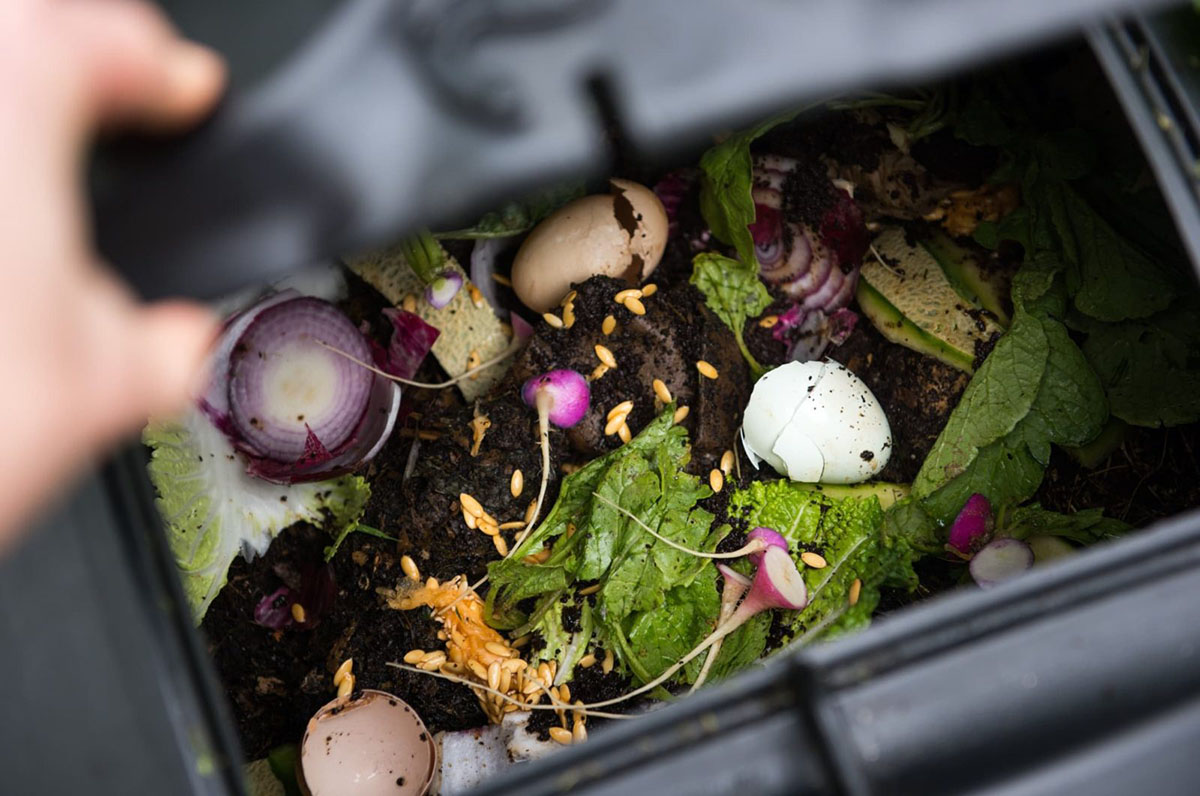
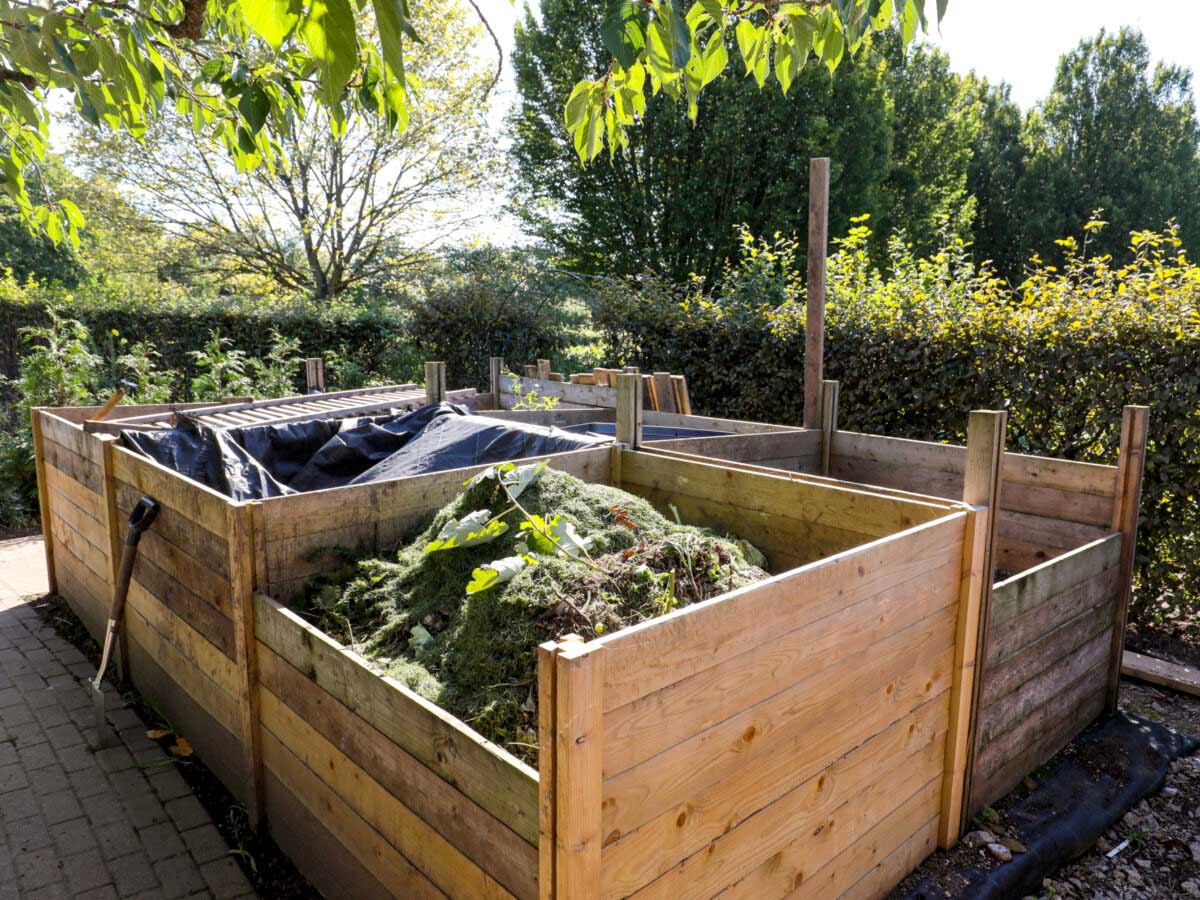
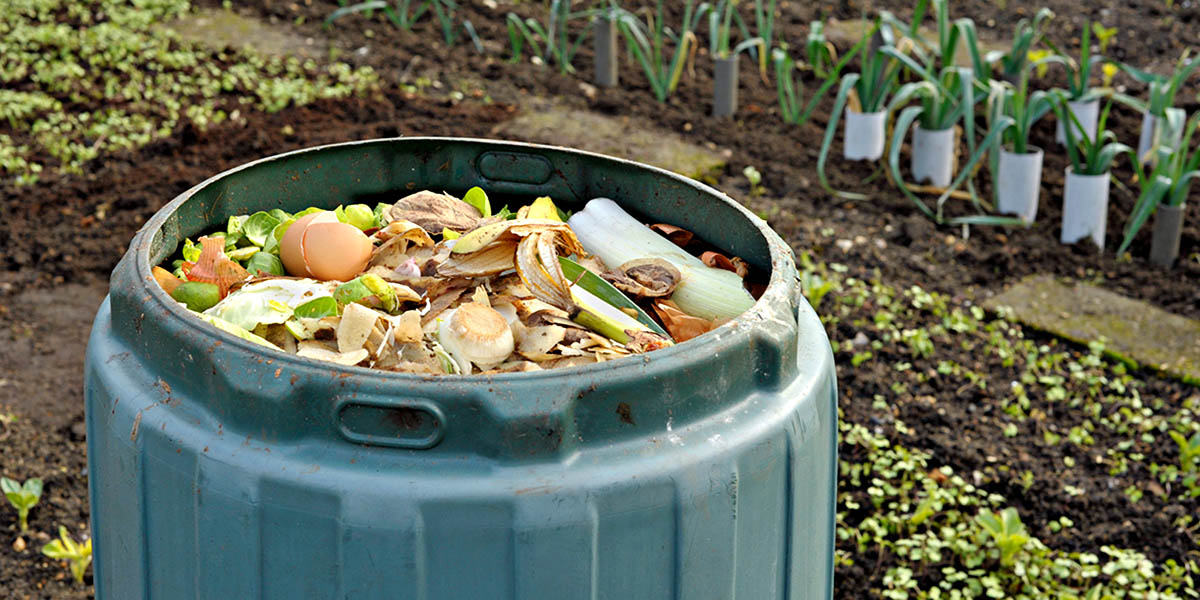
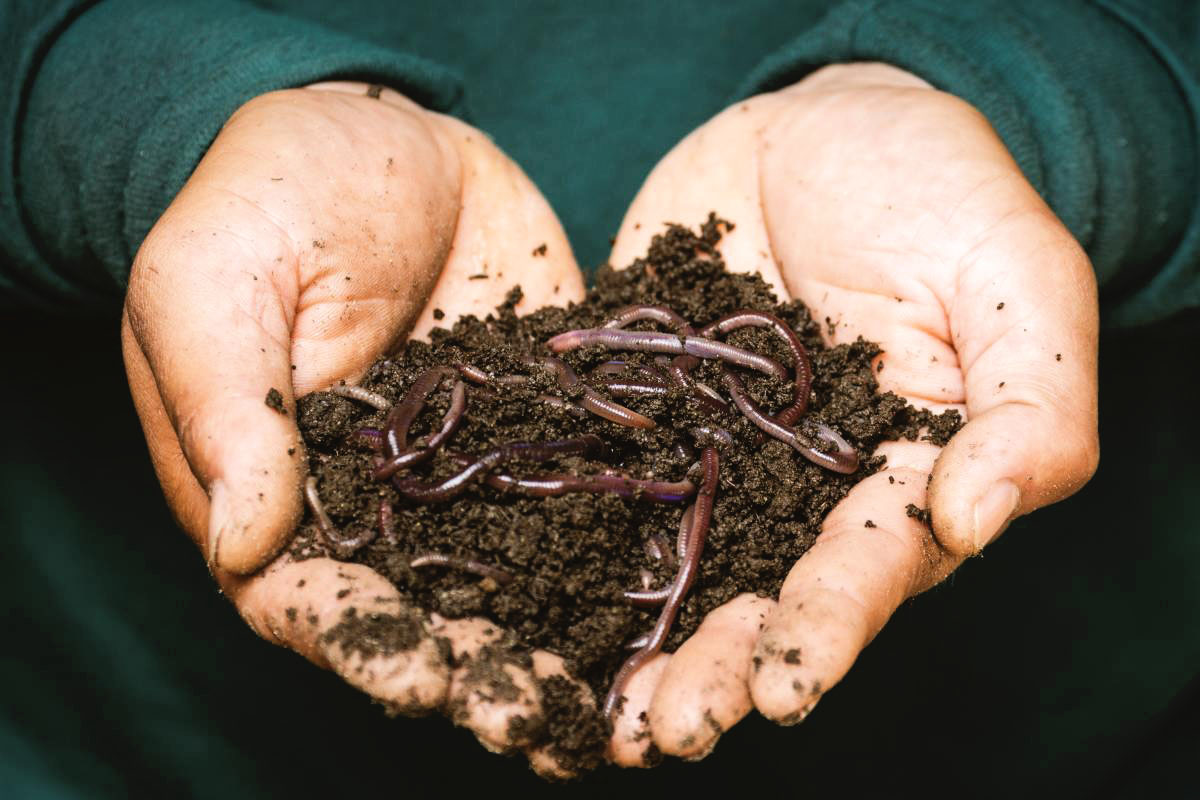
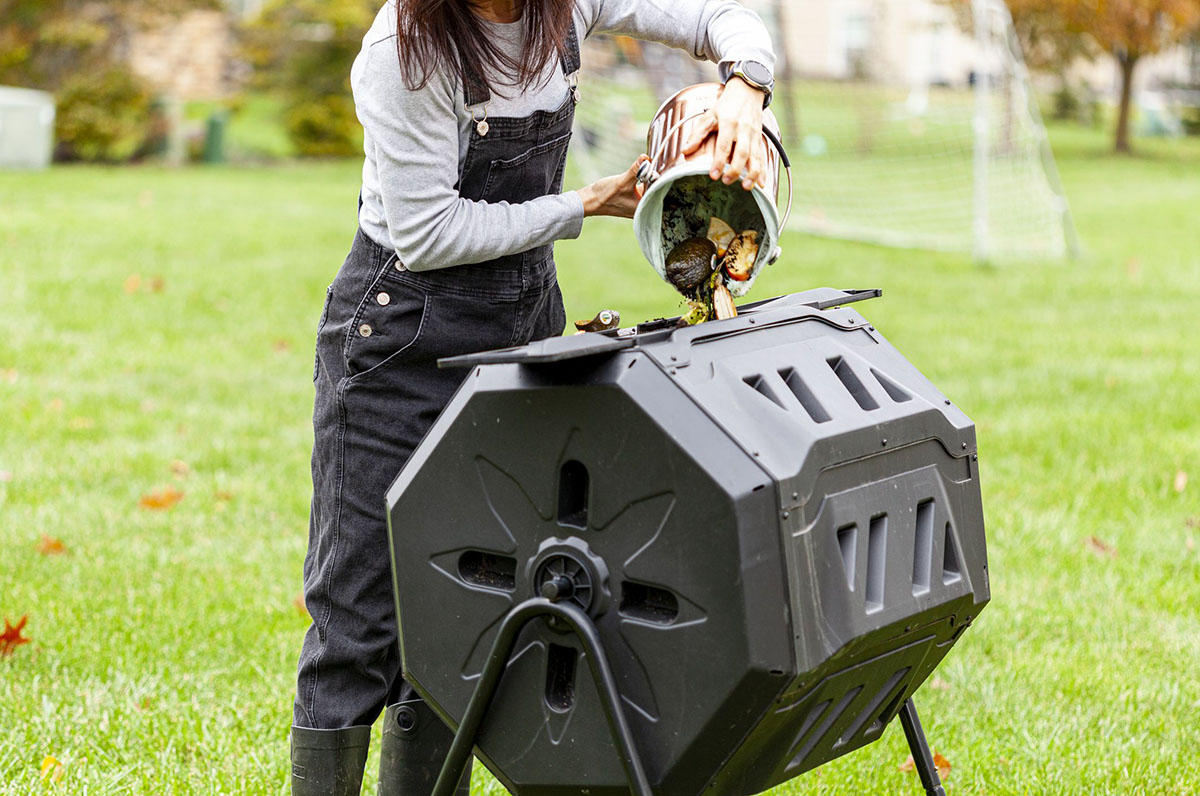
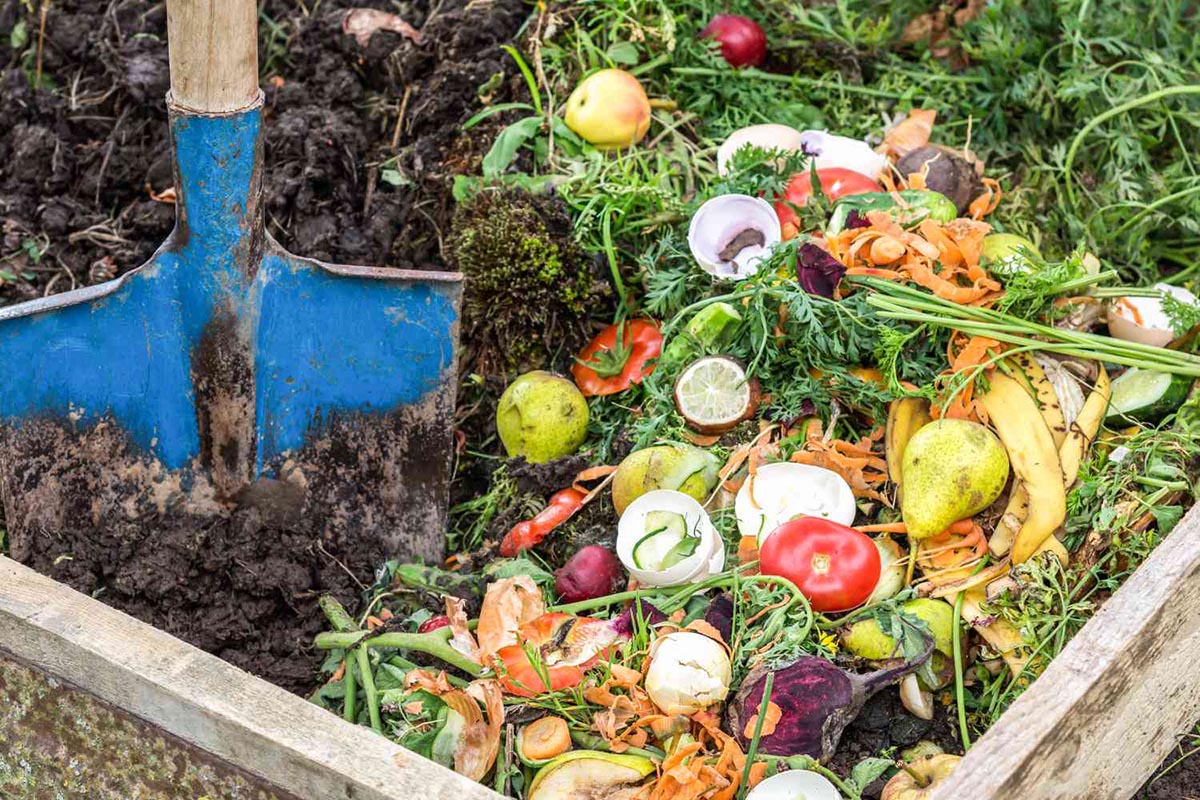
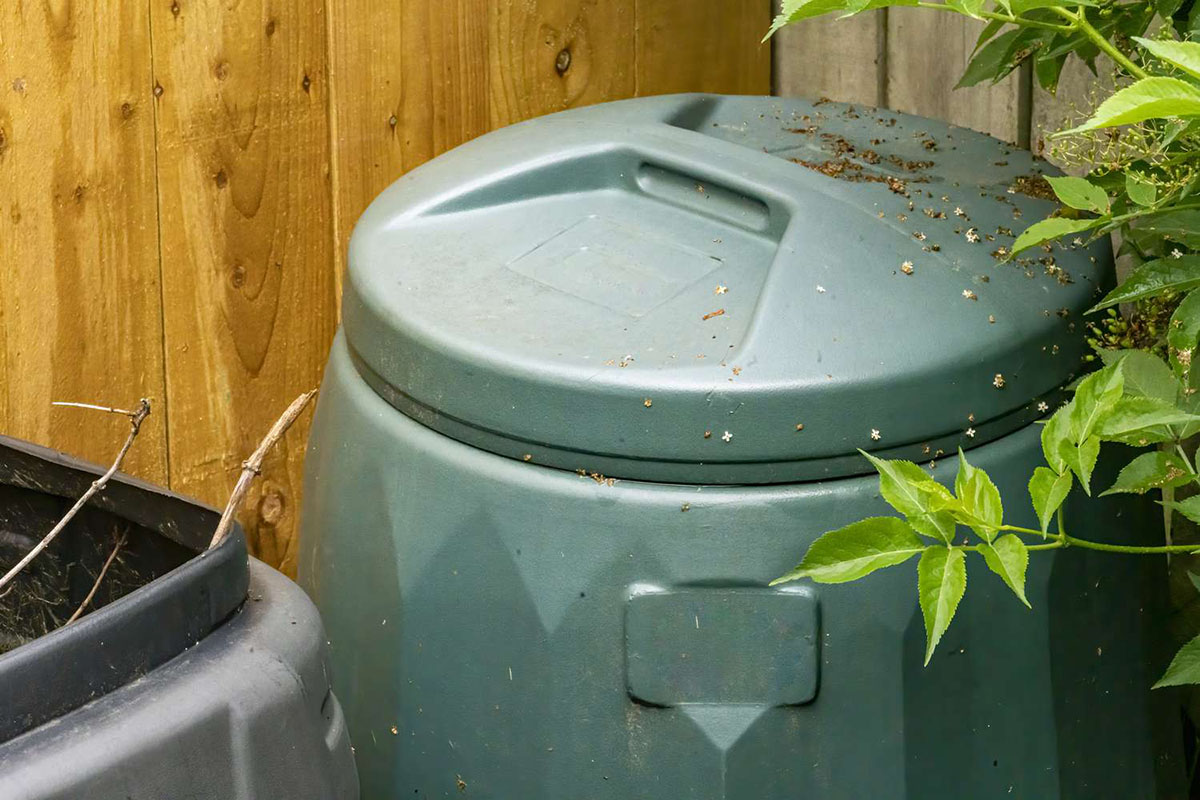
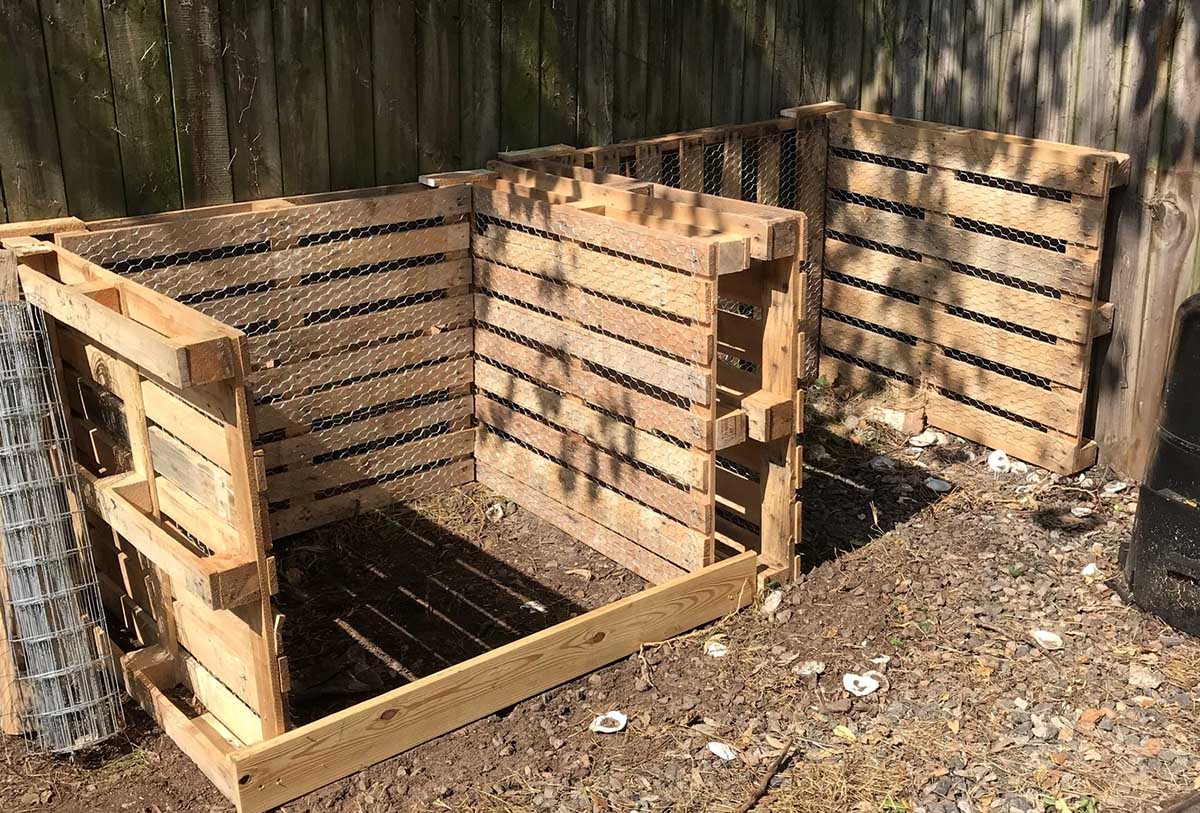
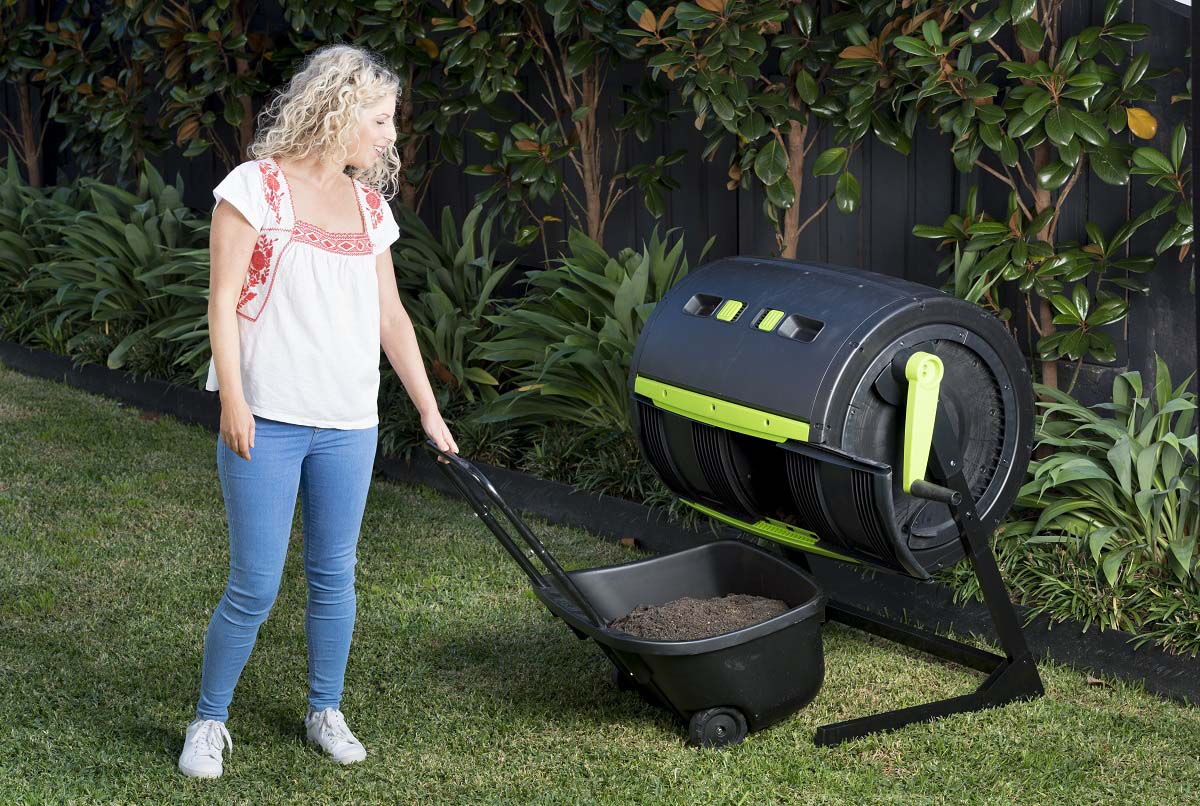

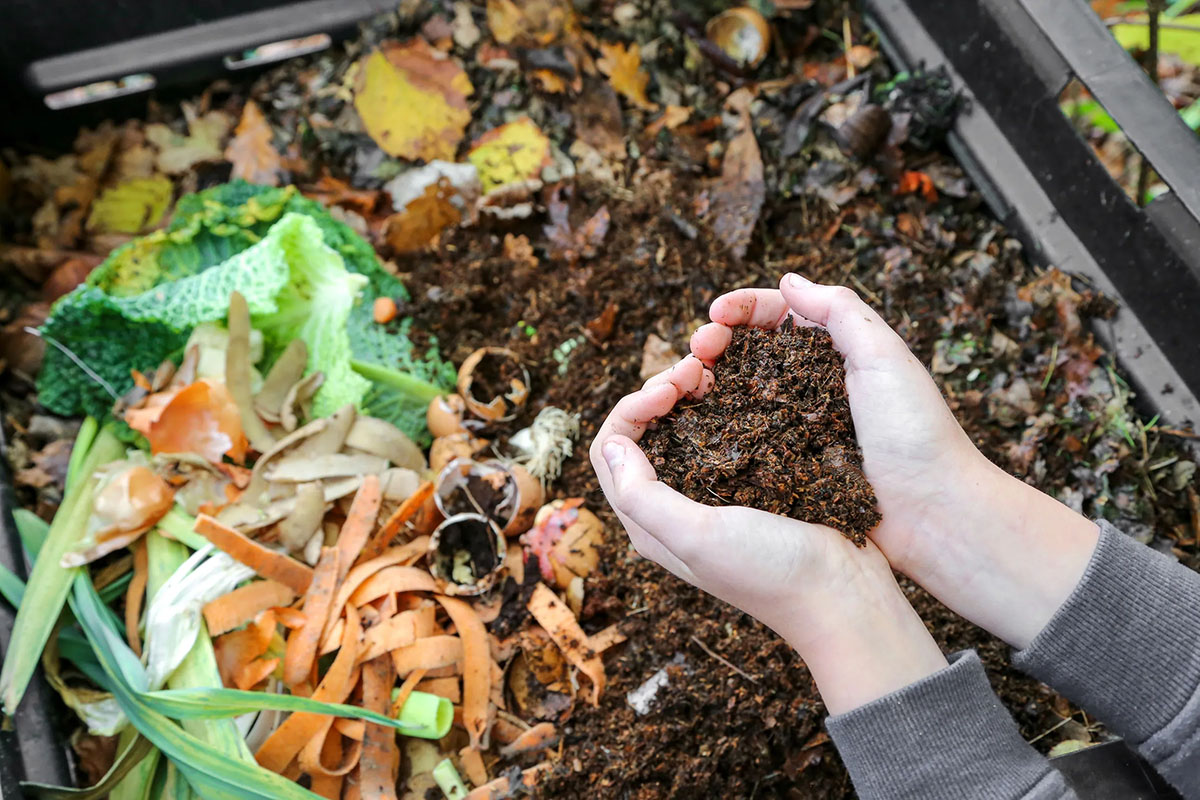
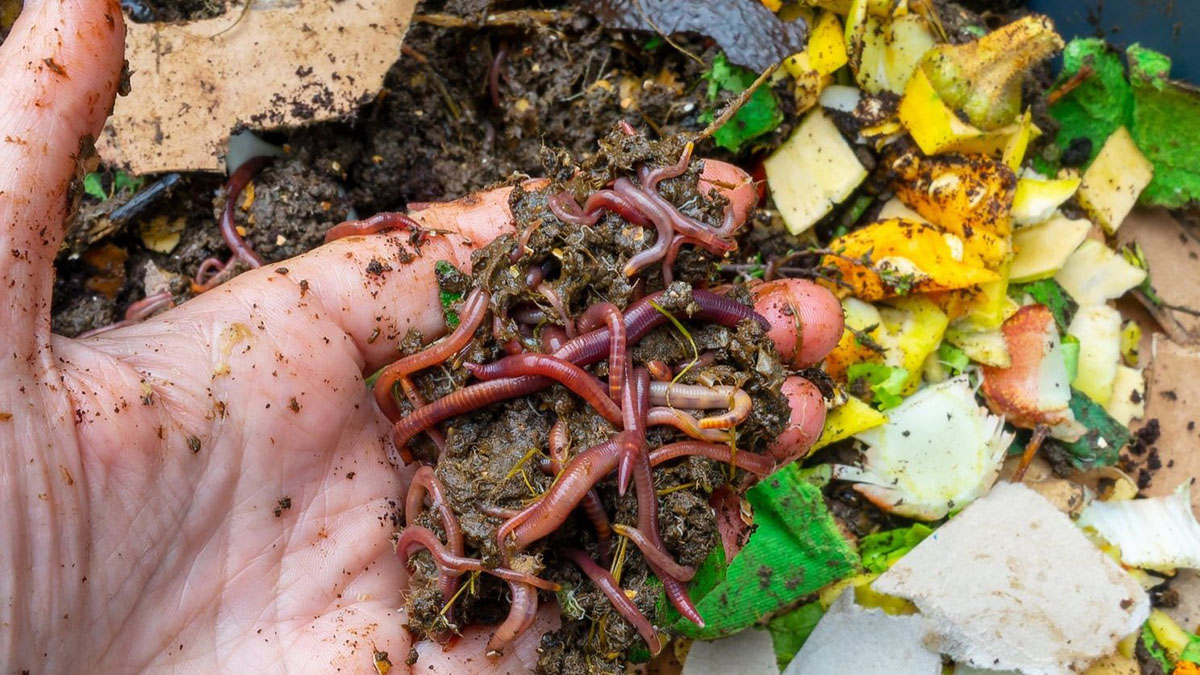
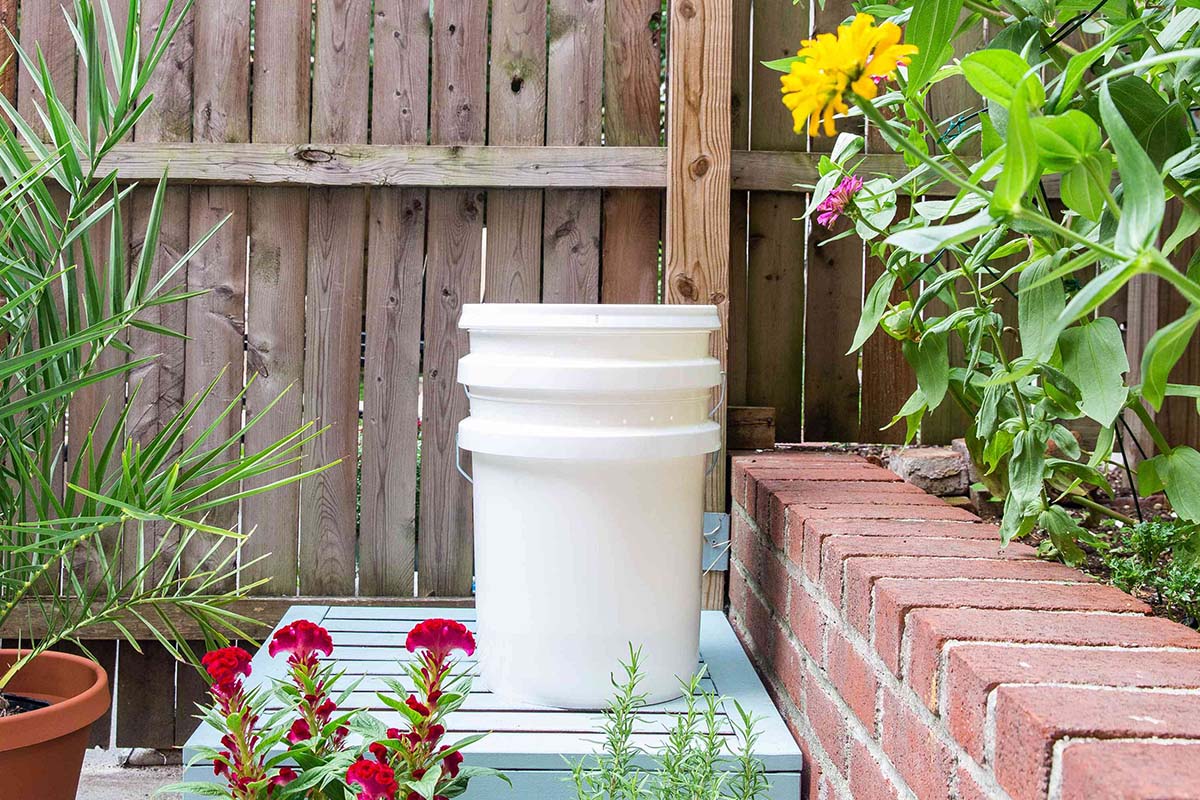

0 thoughts on “How Do You Start A Compost Bin”